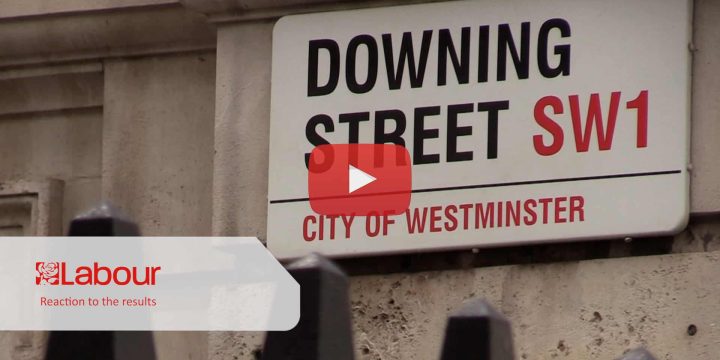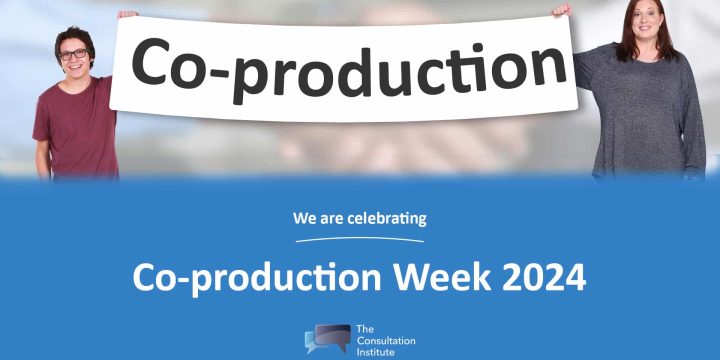News & Insights
Arriving at Shared Outcomes for systems and place in the NHS in England: what consultation is needed?
The drive towards better integration in the health and social care system continued last week, in advance of the final passage of the Health and Care Bill (currently at report stage in the House of Lords). In the name of getting things in place for a relatively swift turnaround, the Government published a new White Paper on “Joining up care for people, places and populations”. The paper, a joint effort between the Department for Health and Social Care and the Department for Levelling Up, Housing and Communities looks to establish better links between local authorities and their healthcare providers and improve provision.
There are many different aspects to the paper, some of which we’re likely to return to in other places, but for now we want to focus on the proposals around shared outcomes. The Paper promises a consultation on establishing a set of national priorities, and a framework in which local healthcare organisations will be able to agree their own priorities to meet their particular needs. With the shared outcomes system meant to be in place for April 2023, and the consultation not yet launched, the pressures might be on for healthcare bodies to adapt, especially with the delay of the implementation of ICSs to July 2022.
Although the frameworks for arriving at local priorities have yet to be established, it seems likely from the paper that there will be a significant expectation for involvement at a local level. Even if there is no formal expectation placed on local healthcare networks, we would aver that it would be somewhat foolish to attempt to ignore local sentiment in addition to leaning on clinical expertise.
It might therefore be time to start thinking about how you plan to involve people in arriving at your shared outcomes. The Government’s design principles state “Shared outcomes will need to be designed by partners across the system and with citizens, grounded in shared insight and understanding of the needs of the population” and puts the focus on the subject of health outcomes rather than process and integration. This means that those considering how to arrive at their outcomes should “focus on areas such as people’s experience of care, wellbeing and independence”.
What sorts of public engagement or consultation should organisations be considering? Whatever it is will need to be robust and well executed. ICSs will be providing both “support and challenge” to those assessing the outcomes, and the CQC will be examining outcomes at the place level as they assess ICSs. This means that even before you get to stakeholders from outside the healthcare system, you’re going to have scrutineering eyes on your process.
The other major consideration will be around who it is you’ll have to engage with. The whole point of pursuing further integration is to make different elements of the healthcare system work together better, so it’s likely that your stakeholders will be a wide range of organisations and bodies from across the sector. It might be a good time to start considering a larger stakeholder mapping exercise to make sure that you have an up-to-date list of all those in your areas who might have an interest.
The other place where this exercise might prove useful is for future engagement. One of the purposes of the integration is, according to the White Paper, to “promote flexib[le] local learning and the evolution of ways of working at place and system”. Whilst there’s little detail on what exactly this means for the time being, it might suggest that there’s going to be a move towards a system in which a continuous engagement approach could be well-advised. An updated and well maintained stakeholder map could prove useful to bolster this learning and evolution.
Food for thought for organisations at the place-level certainly, and while the flesh has yet to be put on the bones, it’s not too early to start thinking about how you might want to involve your population, and how you’ll need to manage relationships between organisations. Shared outcomes are only one part of the new White Paper however, and there’s more to be said about the other parts of the paper. We’re going to keep a watch on the consultation on the shared outcomes framework, and look at how we can continue to support NHS bodies at all levels through the upcoming changes. We’ll have more thoughts on this coming soon.



